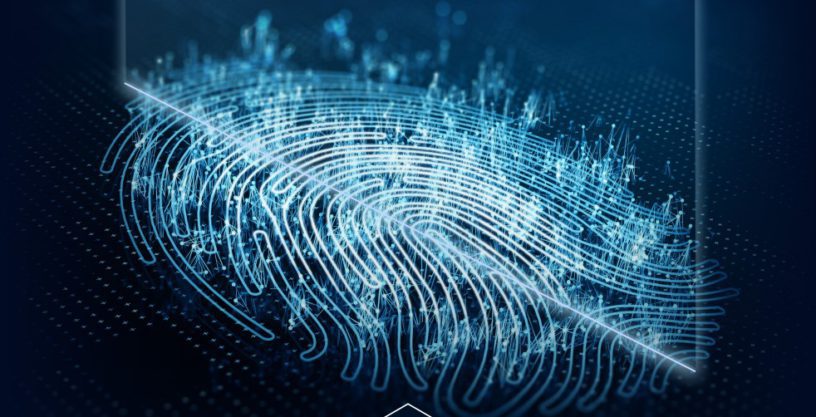— New report calls for cross-sector collaboration and urgent updates to law enforcement tools
By AML Intelligence Correspondents
CRIMINALS are increasingly targeting biometric recognition systems as the widespread use of facial ID and fingerprint scanning replaces traditional passwords, Europol warned today (Monday).
The law enforcement agency says biometric technology—now “ubiquitous” in consumer and commercial settings—has become a growing focus for tech-savvy threat actors, exploiting its vulnerabilities to bypass security and perpetrate fraud.
While biometric authentication is generally robust, the Europol report highlights that it is not immune to manipulation. Research cited in the paper reveals that criminals have successfully employed masks, synthetic fingerprints and deepfakes to defeat biometric security systems, enabling identity theft, unauthorised access, and payment fraud.
Significantly, the report emphasises the irreversible nature of biometric credentials. Unlike passwords, which can be updated or reset, biometric identifiers such as facial geometry or fingerprints are permanent.
“Once compromised, they cannot be changed,” Europol warns—making biometric data a highly attractive and high-stakes target for criminal exploitation.
Europol Executive Director Catherine De Bolle is one of the Keynote Speakers at ‘European Anti-Financial Crime Summit 2025’ in Dublin on May 7 next, where this topic will be discussed in front of some 700+ AFC international leaders from industry, regulators and law enforcement. Have you booked your place?
Law Enforcement Must Evolve
The report, produced by Europol’s Innovation Lab, calls on law enforcement agencies across Europe to step up detection, analysis, and documentation of attacks on biometric systems. It urges agencies to engage more closely with the scientific and academic community to better understand evolving threats and to develop countermeasures that reflect the pace of technological change.
“By identifying weaknesses before criminals do, and documenting emerging attack patterns, law enforcement can futureproof investigative tools and protect citizens,” the report says.
Crucially, Europol recommends cross-disciplinary collaboration—bringing together specialists in biometrics, forensics, cybersecurity and artificial intelligence to ensure law enforcement remains a step ahead of organised crime groups who increasingly invest in technological capabilities.
Innovation Lab at the Forefront
The publication coincides with the upcoming fifth anniversary of Europol’s Innovation Lab, a hub designed to address the challenges posed by emerging technologies in the criminal landscape.
In marking five years of work in 2025, the Lab is positioning itself as a critical force in developing secure, adaptive strategies for police forces across the EU. “Staying ahead of these developments is no longer optional,” the report states. “The threat landscape is evolving—so too must the capabilities of law enforcement.”
The report comes at a time of growing concern in the anti-financial crime community about the misuse of biometric and deepfake technologies in fraud, synthetic identity schemes, and digital onboarding processes. It adds urgency to ongoing calls for greater investment in technical training, intelligence-sharing, and public-private collaboration in the fight against digital exploitation.











